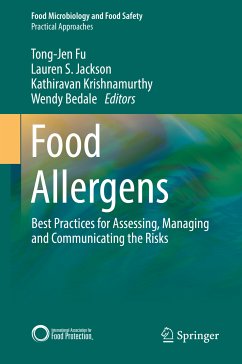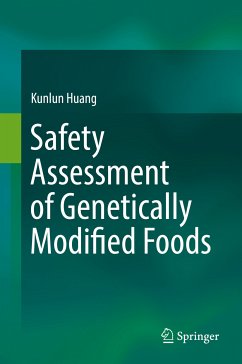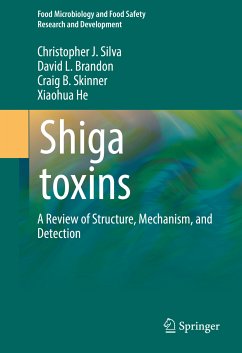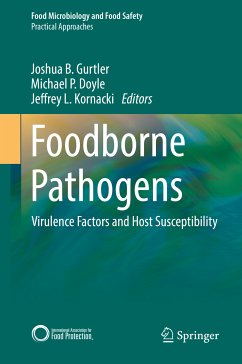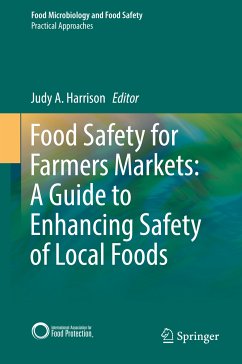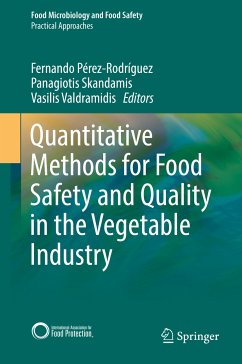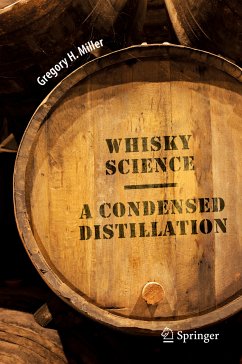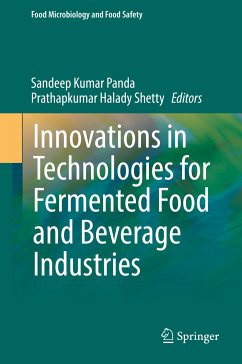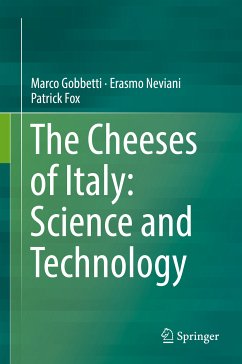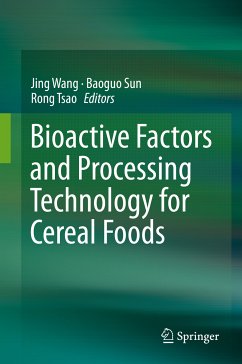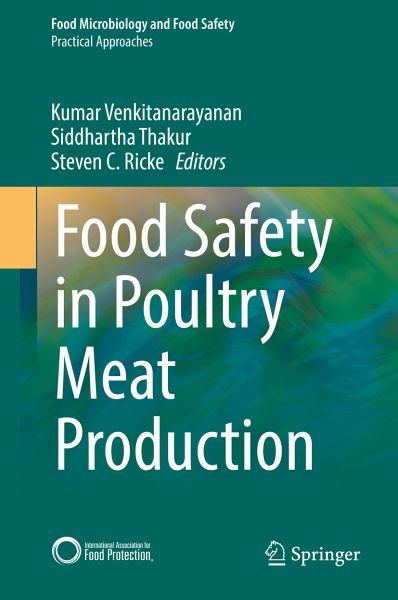
Food Safety in Poultry Meat Production (eBook, PDF)
Versandkostenfrei!
Sofort per Download lieferbar
167,95 €
inkl. MwSt.
Weitere Ausgaben:

PAYBACK Punkte
84 °P sammeln!
This comprehensive study of poultry meat safety offers readers the most up-to-date information on food safety concerns in poultry meat production. Chapters address recent topics of interest such as organic poultry production, antimicrobial resistant pathogens in poultry, antibiotic usage in poultry production, and pre- and post- harvest approaches to improving poultry meat safety. The last couple of decades have observed a significant increase in poultry meat production in the US. However, poultry meat is a potential source of foodborne pathogens such as Salmonella, Campylobacter spp. and path...
This comprehensive study of poultry meat safety offers readers the most up-to-date information on food safety concerns in poultry meat production. Chapters address recent topics of interest such as organic poultry production, antimicrobial resistant pathogens in poultry, antibiotic usage in poultry production, and pre- and post- harvest approaches to improving poultry meat safety.
The last couple of decades have observed a significant increase in poultry meat production in the US. However, poultry meat is a potential source of foodborne pathogens such as Salmonella, Campylobacter spp. and pathogenic Escherichia coli (APEC linked to human infections), leading to economic losses to the poultry industry and impacting public health. Advances in knowledge in microbiology, molecular biology, immunology and "omics" fields have intensified efforts to improve the microbiological safety of poultry by targeting virulence mechanisms of the pathogens, developing vaccines and improving gut health in chickens. Moreover, due to the emergence of multidrug resistance in poultry-borne pathogens, and growth of organic poultry production, there exists significant interest for developing natural strategies for controlling pathogens in chickens.
This edited volume provides insight into these strategies and covers other material of interest to food microbiologists, public health personnel, and poultry scientists. Readers of various backgrounds will appreciate its incorporation of recent developments not covered in other publications on the subject.
Dieser Download kann aus rechtlichen Gründen nur mit Rechnungsadresse in A, B, BG, CY, CZ, D, DK, EW, E, FIN, F, GR, HR, H, IRL, I, LT, L, LR, M, NL, PL, P, R, S, SLO, SK ausgeliefert werden.



